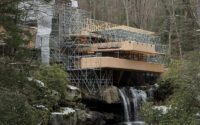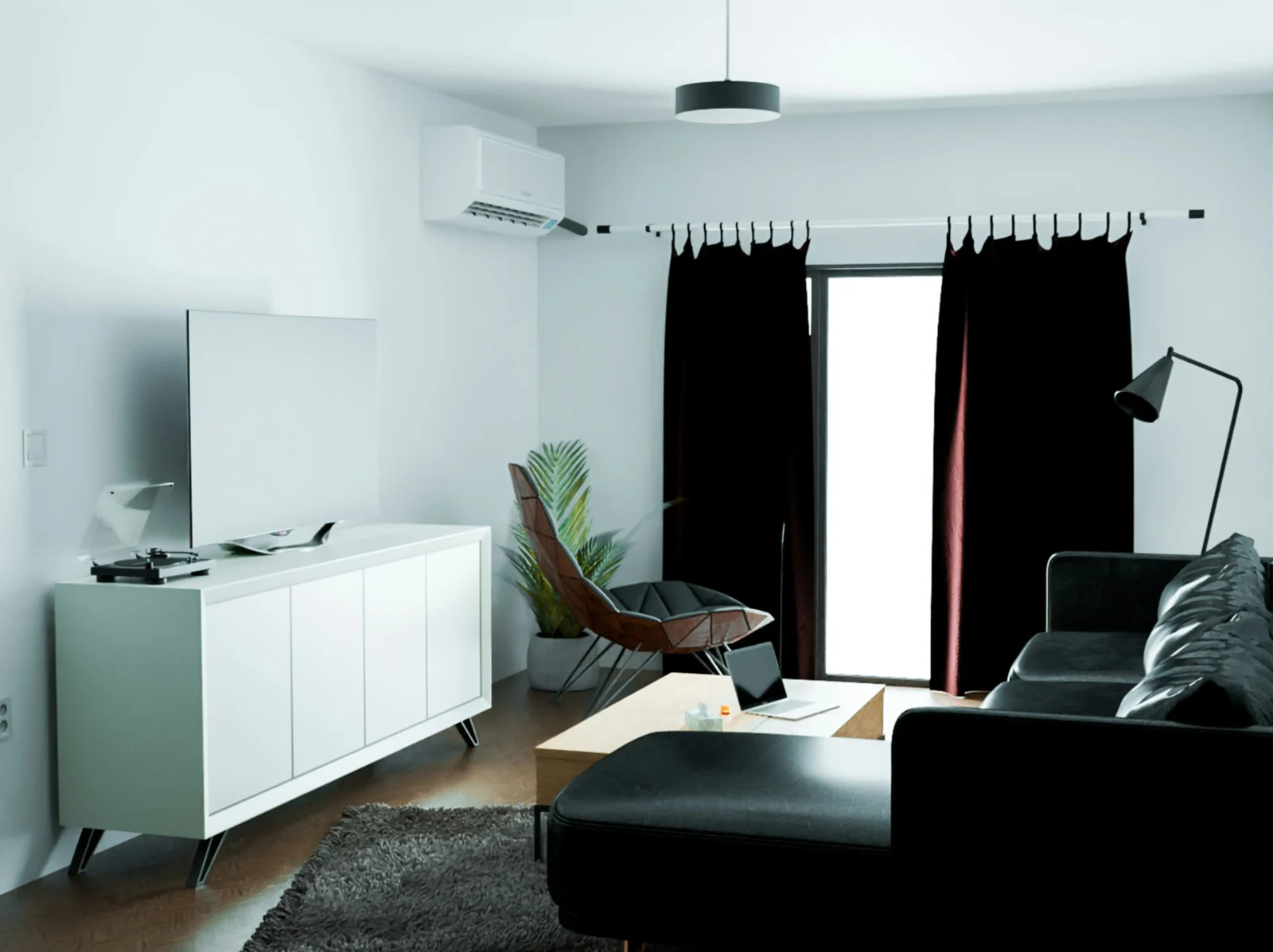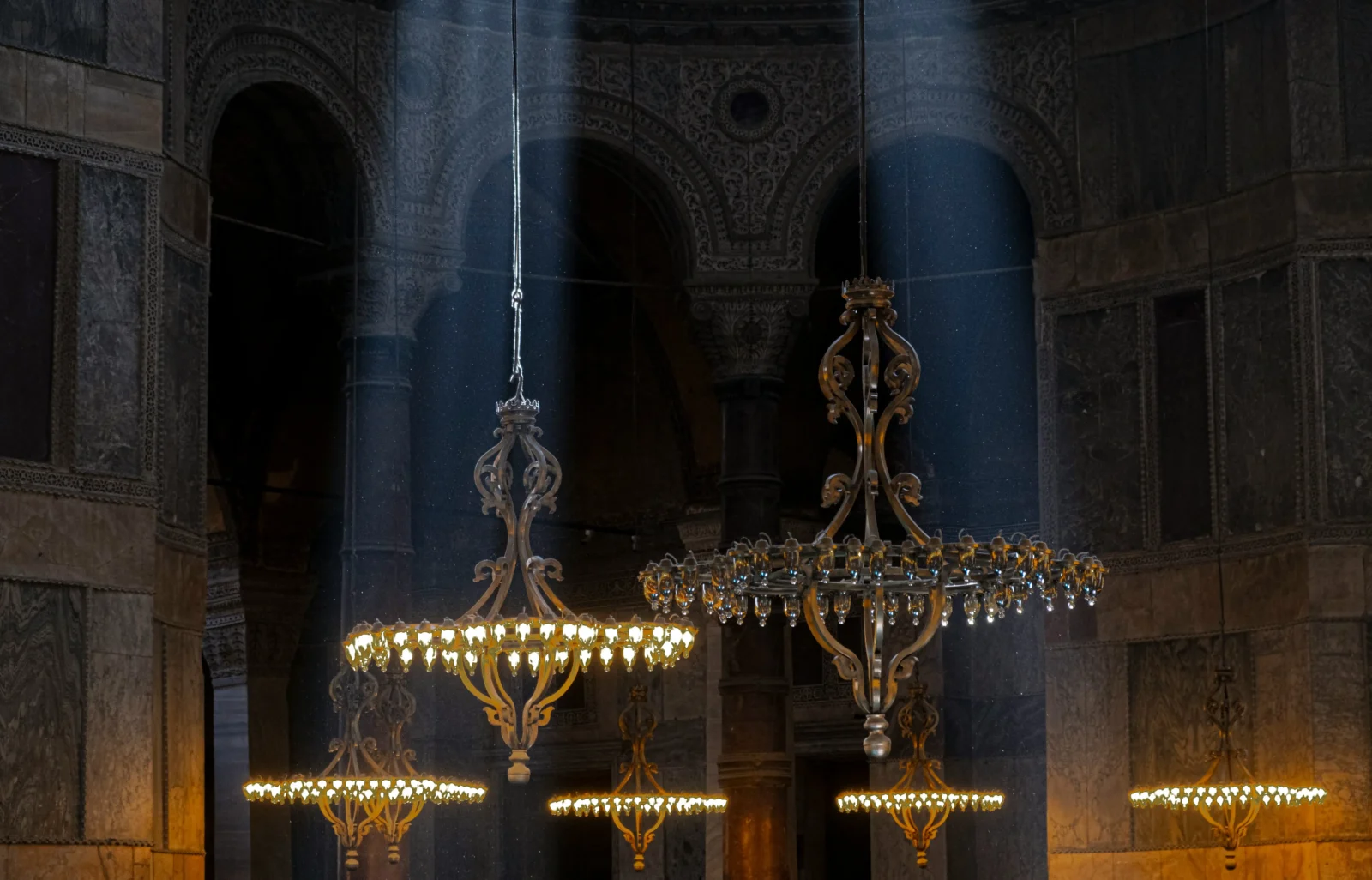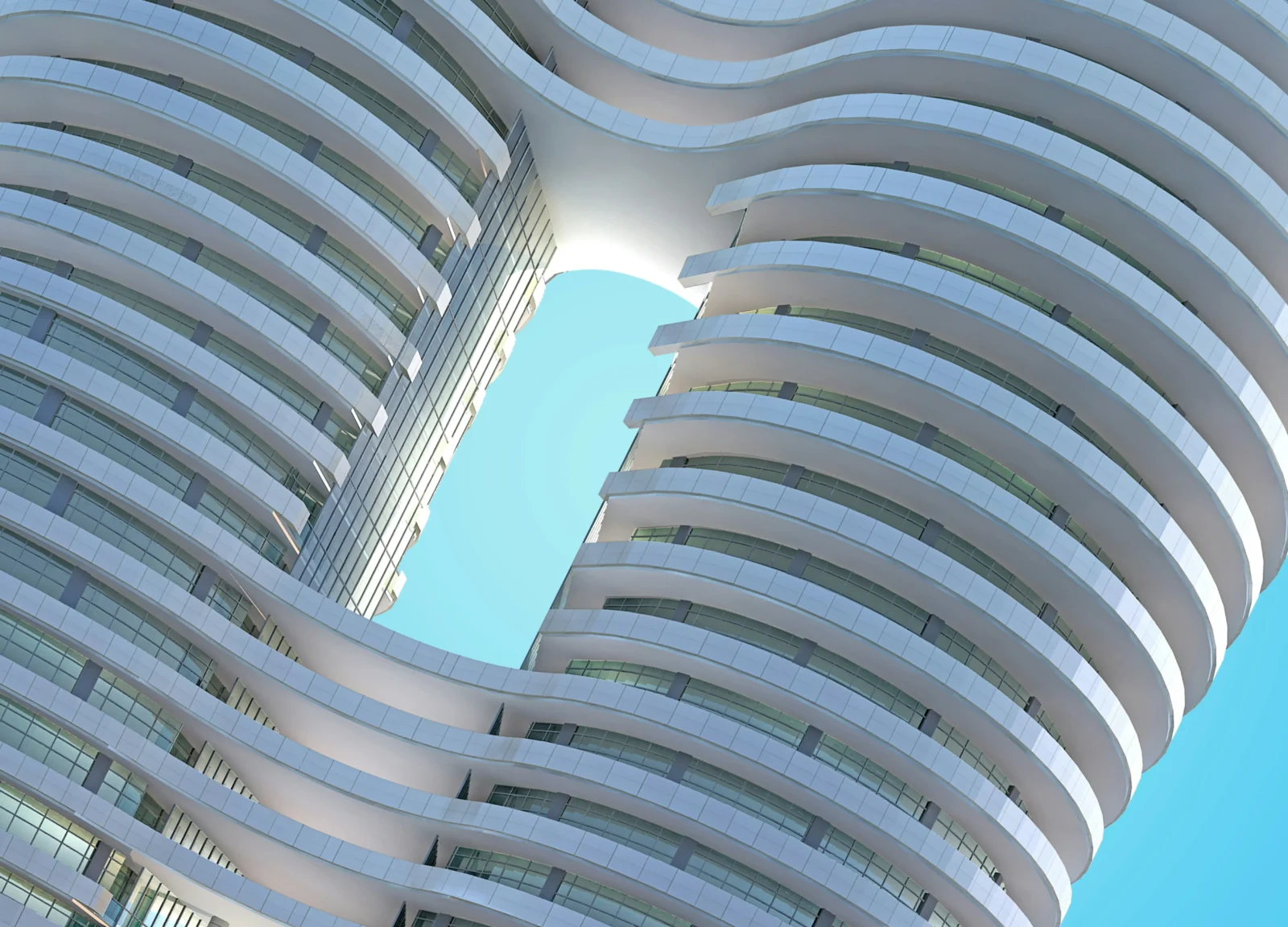- Home
- Articles
- Architectural Portfolio
- Architectral Presentation
- Inspirational Stories
- Architecture News
- Visualization
- BIM Industry
- Facade Design
- Parametric Design
- Career
- Landscape Architecture
- Construction
- Artificial Intelligence
- Sketching
- Design Softwares
- Diagrams
- Writing
- Architectural Tips
- Sustainability
- Courses
- Concept
- Technology
- History & Heritage
- Future of Architecture
- Guides & How-To
- Art & Culture
- Projects
- Interior Design
- Competitions
- Jobs
- Store
- Tools
- More
- Home
- Articles
- Architectural Portfolio
- Architectral Presentation
- Inspirational Stories
- Architecture News
- Visualization
- BIM Industry
- Facade Design
- Parametric Design
- Career
- Landscape Architecture
- Construction
- Artificial Intelligence
- Sketching
- Design Softwares
- Diagrams
- Writing
- Architectural Tips
- Sustainability
- Courses
- Concept
- Technology
- History & Heritage
- Future of Architecture
- Guides & How-To
- Art & Culture
- Projects
- Interior Design
- Competitions
- Jobs
- Store
- Tools
- More
International Style vs Regionalism Architecture: Exploring Modern Design and Cultural Identity
Explore the contrasting worlds of International Style and Regionalism architecture. Discover how universal minimalism and local cultural identity shape our cities, reflect societal values, and impact sustainability. Learn how these movements influence modern design, blending global innovation with regional authenticity to redefine the future of architecture.

Architecture shapes not just our cities but also how we connect with the world around us. Two prominent movements, International Style and Regionalism, have sparked fascinating debates about design and identity. While one champions a universal, minimalist approach, the other celebrates the uniqueness of local culture and environment.
As we explore these contrasting philosophies, we’re diving into more than just aesthetics. It’s a conversation about how architecture reflects our values, adapts to its surroundings, and impacts the way we live. Do we lean toward a global, uniform design or embrace the diversity of regional traditions? Let’s uncover the defining traits of each and what they mean for the future of architecture.

Table of Contents
ToggleUnderstanding International Style Architecture
International Style architecture embodies simplicity, functionality, and universality. It prioritizes modern materials and rejects ornamentation, aiming to create structures adaptable to any location or culture.

Key Features Of International Style
Flat roofs, open layouts, and minimal ornamentation define this style. Architects use clean lines, geometric forms, and an emphasis on volume over mass. Steel, glass, and concrete dominate material choices (e.g., Le Corbusier‘s Villa Savoye). Facades are often plain, with large windows promoting natural light. Designs focus on practicality, prioritizing function over regional aesthetics.
Historical Origins And Evolution
The International Style emerged in the 1920s, driven by the Bauhaus movement and architects like Walter Gropius and Mies van der Rohe. It became prominent after World War II, facilitating rapid urban reconstruction worldwide. The style evolved through technological advances, influencing corporate skyscrapers and housing projects globally while maintaining its focus on adaptability and modernity.
Exploring Regionalism Architecture
Regionalism architecture emphasizes the integration of design with local culture, environment, and materials. It prioritizes creating spaces that resonate with their surroundings rather than conforming to global trends.

Defining Regionalism And Its Principles
Regionalism architecture focuses on responding to the geographical, cultural, and climatic characteristics of a specific region. Its principles include:
- Contextual Integration: Designs align with the natural landscape, such as desert-inspired adobe homes or hillside terraced structures.
- Use of Local Materials: Architects incorporate resources native to the area, like stone in mountainous regions or bamboo in tropical climates.
- Cultural Reflection: Regional traditions, history, and community needs shape design choices, ensuring the relevance of the structures.
- Adaptation to Climate: Buildings use passive strategies, such as courtyards in hot regions or steep roofs in rainy climates, to address environmental challenges.
These principles reinforce a connection between buildings and their immediate environment, supporting sustainability and cultural continuity.
How Regionalism Reflects Local Identity
Architects using regionalism embed local identity into their designs by embracing vernacular architecture and community traditions. For example, Japanese teahouses reflect simplicity and connection to nature, while Mediterranean structures often feature shaded patios and thick walls. Each design honors its location’s unique narrative and values.
This approach also strengthens cultural preservation. For instance, Moroccan riads highlight ancestral courtyard layouts, while Scandinavian cabins prioritize harmony with their arctic settings. By celebrating these distinct identifiers, regionalism enriches cities with diverse, authentic architectural expressions.
International Style Vs Regionalism Architecture
International Style and Regionalism architecture represent two contrasting approaches to design. While the former emphasizes universality and simplicity, the latter prioritizes cultural and environmental integration.

Comparing Design Philosophies
International Style promotes clean lines, functional spaces, and the rejection of ornamentation. It relies on modern materials like steel, concrete, and glass to create sleek, versatile designs. This approach seeks to eliminate cultural and geographic distinctions by applying universal principles.
Regionalism, in contrast, values the unique characteristics of place. It incorporates local materials, traditional building techniques, and culturally relevant forms. By embedding architecture within its specific context, this philosophy creates spaces that honor local traditions and environmental conditions.
The Role Of Culture And Context
Culture plays a minimal role in the International Style, which aims for a neutral aesthetic. This uniformity makes its designs suitable for global applications but often disconnects them from their surroundings. Skyscrapers and urban developments in this style often lack cultural narratives.
Regionalism deeply involves cultural and geographical factors. Design choices reflect indigenous customs, climate, and history. For example, desert architecture often includes courtyards and shading to address extreme heat, while Scandinavian designs emphasize insulation and natural light for cold climates.
Sustainability And Environmental Considerations
International Style focuses on efficiency and mass production, often without prioritizing environmental integration. Its reliance on modern industrial materials can lead to high energy consumption if not adapted to local climates.
Regionalism incorporates sustainability through its use of local materials and climatically responsive designs. Passive cooling, natural ventilation, and eco-friendly techniques often feature prominently. This approach reduces environmental impact while fostering harmony with nature, as seen in traditional adobe homes or green-roofed Nordic structures.
Modern-Day Applications
Modern architecture reflects a dynamic interplay between the International Style and Regionalism. Both approaches continue to influence contemporary design, demonstrating their relevance in current architectural practices.

Examples Of International Style In Contemporary Architecture
International Style remains prominent in global urban centers, exemplified through skyscrapers, corporate buildings, and urban housing projects. The Burj Khalifa in Dubai showcases its principles with structural modernity, sleek exteriors, and advanced materials like reinforced glass and steel. Renzo Piano’s The Shard in London also embodies this style through its verticality, minimalist details, and grid-like glass façades.
Contemporary architects integrate sustainability into the International Style by adopting energy-efficient systems. The Bank of America Tower in New York demonstrates this evolution, featuring energy-conserving technologies and environmentally friendly building practices. Despite these updates, its design still reflects the International Style’s simplicity and universality.
Regionalism In Modern Designs
Regionalism persists in designs that prioritize environmental adaptation, cultural identity, and local resources. The Sancaklar Mosque in Turkey, by Emre Arolat, directly integrates with its rocky terrain using natural forms and materials, emphasizing its connection to the local landscape. Similarly, the Majiayao Ruins Museum in China incorporates regional clay and stone, blending vernacular design with modern methods.
Sustainable architecture embraces Regionalism’s principles by aligning designs with the environment. For example, the Aga Khan Academy in Mozambique uses local materials and open-air courtyards to enhance climatic suitability and community relevance. These designs harmonize innovation with tradition, preserving cultural significance while addressing contemporary environmental challenges.
Conclusion
We recognize that the ongoing dialogue between International Style and Regionalism highlights the complexity of architectural evolution. Both movements contribute uniquely to the built environment, offering distinct solutions aligned with differing priorities. The International Style embodies modernity, consistency, and industrial efficiency, shaping global cities with minimalist aesthetics and functional designs. Its widespread adoption illustrates the desire for universality and scalability in architecture.
On the other hand, Regionalism champions diversity, contextual relevance, and sustainability, tailoring designs to cultural and environmental specifics. By incorporating local materials, climate-sensitive practices, and community traditions, Regionalism fosters a sense of identity and ecological harmony. This approach enriches architectural landscapes with authenticity and diversity.
Modern architecture continues to balance these paradigms, blending their principles to address global and regional needs. Advances in sustainable technologies and evolving cultural dynamics ensure these movements remain relevant as architecture navigates challenges of urbanization, environmental responsibility, and cultural preservation.
- architectural design philosophies
- architecture and cultural heritage
- architecture and cultural identity
- contemporary architectural design
- cultural identity in architecture
- cultural influences in architecture
- global architecture trends
- global vs local architecture
- globalization and architecture
- identity in architectural design
- international architectural design
- International style architecture
- international vs regionalism architecture
- local architectural identity
- modern architecture styles
- modern design in architecture
- modernism and regionalism in architecture
- regional architecture examples
- regionalism architecture
Submit your architectural projects
Follow these steps for submission your project. Submission FormLatest Posts
Best LED Shop Lights 2026: Brightest Options for Garage & Workshop
In 2026, LED shop lights have become essential for creating safe, efficient,...
Coloring Your Year: Using Traditional Lunar New Year Hues to Transform Your Apartment Décor
Lunar New Year always brings a burst of color and energy, making...
Chandelier Light vs Ceiling Lights: Which Decorative Lighting Works Best for UAE Homes in Winter?
Winter in the UAE doesn’t arrive loudly. It doesn’t announce itself with...
Marketing for Architects: How Firms Are Getting More Clients Without Chasing Leads
Architectural marketing has changed in important ways. Referrals and reputation still matter,...












Leave a comment